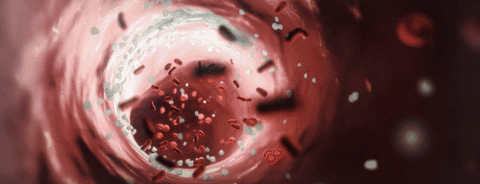
Adolescent depression vs adult depression
Understanding the Nuances of Adolescent Depression in Comparison to Adult Depression: A Navigational Guide
In the beginning:
Depression is a prevalent mental health issue that has the potential to impact people of all age groups. However, there can be substantial variations in the way adolescents and adults perceive and experience depression. It is imperative to acknowledge and confront these differentiations in order to provide efficacious intervention and assistance. This article aims to examine the fundamental distinctions between depression in adolescents and depression in adults, with a particular focus on the distinct obstacles encountered by each age cohort and the resulting consequences for prevention and treatment.
I. Environmental Aspects of Development:
Adolescence and maturity are discrete phases of existence characterised by exceptional developmental obstacles. Individuals experience accelerated physical, emotional, and cognitive development during adolescence, in addition to their quest for autonomy and identity. The challenges associated with navigating this period of transition may potentially contribute to the development of depression. Adults, on the other hand, may encounter stressors associated with their careers, relationships, and societal expectations; the manifestation of depressive symptoms is influenced by their life experiences and established coping mechanisms.
Furthermore, II. Presentation of Symptoms:
Although the fundamental symptoms of depression, including chronic melancholy, diminished interest, and alterations in appetite or sleep patterns, do not vary significantly among age groups, the manner in which these symptoms become evident may. Distress may manifest in adolescents as irritability, a deterioration in academic performance, or alterations in peer relationships. Conversely, adults may encounter difficulties in maintaining professional productivity, disrupted interpersonal connections, and a pervasive sense of pessimism regarding the future.
III. Environmental and Social Factors:
Social and environmental determinants significantly influence both the onset and progression of depression. Peer pressure, academic pressure, and the influence of social media are all factors that can significantly contribute to the development of depressive symptoms in adolescents. In contrast, adults may encounter obstacles such as financial strain, professional obligations, and the difficulty of achieving and sustaining a healthy work-life equilibrium. It is critical to comprehend the distinct stressors encountered by each group in order to customise interventions.
IV. Methods of Treatment:
In order to be effective, treatment strategies must take into account the individual’s developmental stage. Support from educational institutions, psychotherapy, and family therapy may all be beneficial for adolescents. In extreme circumstances, medication may also be considered. Therapeutic modalities including cognitive-behavioral therapy (CBT), medication, and support groups may constitute essential elements of treatment plans for adults.
V. Prevention and Assistance:
A multifaceted strategy is required to prevent and treat depression in adolescents; this includes school-based programmes, family support, and the promotion of healthy coping mechanisms. In contrast, workplace mental health initiatives, stress management education, and community resources can be advantageous for adults. Promoting open dialogue and diminishing societal prejudice regarding mental health are indispensable in cultivating a nurturing atmosphere that accommodates individuals of all ages.
In closing,
When confronting the intricate terrain of melancholy, it is vital to acknowledge the divergences that exist between the experiences of adolescents and adults. Optimising interventions to tackle the distinct obstacles encountered by individual age cohorts guarantees enhanced efficacy in treatment and support. By cultivating consciousness, comprehension, and focused interventions, we may endeavour to establish a community that places mental health as a top priority throughout every phase of existence.



